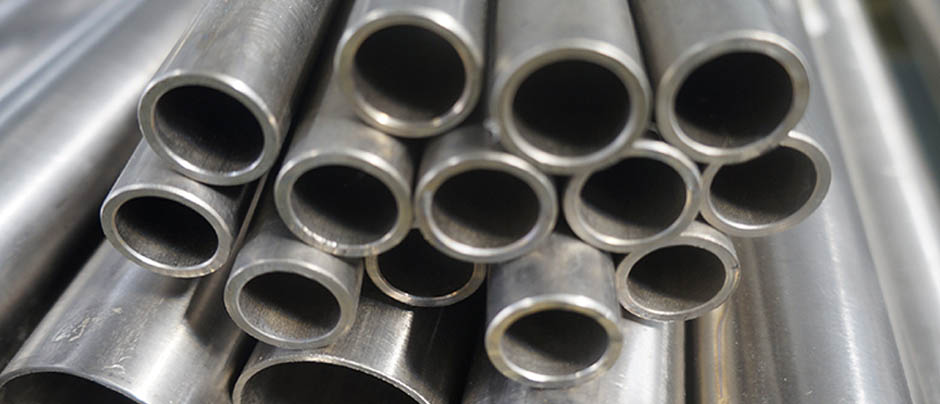Causes Of Disrupted Supply Chain
In the modern world, supply chains have become exceedingly complicated. These intricate procedures support industry and international trade on a scale that can be difficult to grasp. From getting supplies abroad to delivering the finished product to a customer’s front door, the operations involved require coordination from many different sites.
What happens if a link in these chains breaks or gets caught up? In light of the serious problems the epidemic has caused, we have seen how delicate the system can be and some of the disastrous implications of its disruption. Below, we’ll take a quick look at the key root causes of the supply chain problem as well as some recovery tactics being employed by several industrial companies.
At the beginning of the epidemic, some restrictions were put in place. These affected corporate operations and consumer behavior in almost every sector of the economy, which in turn triggered a domino effect of supply and demand volatility. The output of manufactured goods immediately decreased, and many companies instituted worker limits or layoffs. An unusually high number of resignations resulted from these constraints, coupled with health problems and other factors.
Following the first fall, demand immediately rose as consumer behavior again altered. The effect of the increasing demand was widespread goods and manpower shortages. The labor problem, however, had an even greater impact on the supply chain because it also had an impact on a variety of distribution and transportation techniques. In other words, the manufacturing, production, and transportation segments of the supply chain all experienced a talent shortage.
In other words, a combination of supply-restricting conditions and a V-shaped rebound in demand led to major product shortages in all industries. What is needed right now to get through the crisis? Several analysts expect a considerable demand for the hiring of laborers and drivers to help solve ongoing supply chain issues. For instance, the CEO of the American Trucking Business claimed that the U.S. trucking business needed 80,000 drivers to make up for lost labor.
Businesses are significantly altering their supply networks in addition to coping with increasing pressures on hiring and training. In fact, according to a survey of manufacturers, 71% of respondents are reorganizing their supply chains and speeding up the adoption of analytical technology. Additionally, compared to 2019, over 40% more companies are currently embracing technology to support supply chain management. Many of these companies now have improved supply chain visibility and foresight as a result.
Similar to this, delays caused by inefficiencies in the global transportation network might be avoided by investing in domestic manufacturing and supply networks. By domesticating manufacturing procedures and supply sources for crucial components, the business might encounter fewer production disruptions in the future.
Another recurrent recovery topic is the requirement to maintain the functionality of current industrial equipment. Manufacturers could achieve this by investing in routine maintenance to prevent failures and better prevent the escalation of issues. Lastly, automation of repetitive operations is essential wherever it is practicable. Businesses may shorten cycle times, reduce labor costs, and free up workers to focus on higher-value jobs by investing in cutting-edge automation technologies.
There are complex answers to these issues. If, however, these issues persist through 2022, we might see the birth of novel concepts and an increase in the number of companies that alter their business models.
For more information on how supply chain shortages impact production, see the resource provided below.






